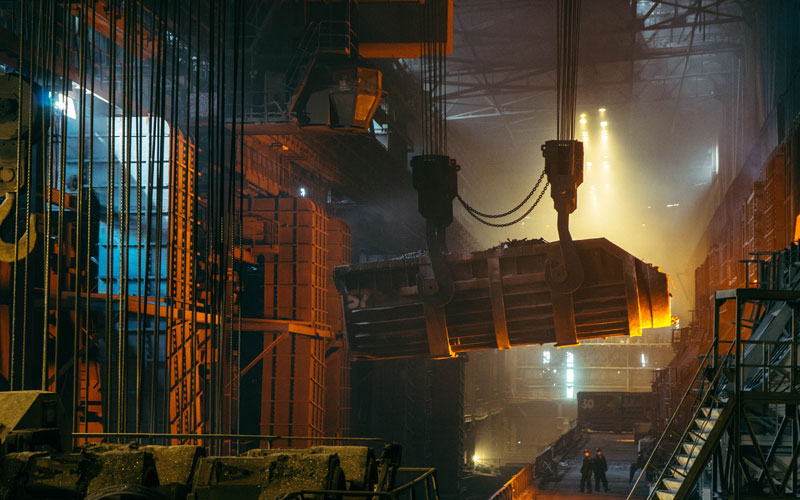Description
Oil pipelines are a critical component of the midstream sector in the oil and gas industry and facilitate the efficient and cost-effective transportation of oil over long distances.
Successful Complete project
The project begins with extensive planning and feasibility studies to determine the viability and potential routes for the pipeline. Factors such as the source and destination of the oil, terrain, environmental considerations, regulatory requirements, market demand, and economic viability are assessed during this phase.
- Words is roughly being maintained.
- Previous casing is maintained.
- potential routes for the pipeline.
Solution
The project team evaluates various route options, taking into account factors such as geographical features, environmental sensitivity, land acquisition requirements, and stakeholder consultation. Route selection involves considering both technical and non-technical aspects to determine the most suitable path for the pipeline.
Process
Once the route is finalized, detailed engineering and design work takes place. This includes determining the pipeline diameter, wall thickness, material selection, pump or compressor station locations, pressure control systems, and safety measures. Engineering considerations focus on optimizing the pipeline’s capacity, reliability, and efficiency while adhering to industry standards and safety regulations.
Before the pipeline becomes operational, it undergoes rigorous testing and commissioning procedures. This includes pressure tests to verify its structural integrity, leak detection tests, flow tests, and calibration of control systems. Regulatory agencies and third-party inspection teams may be involved to ensure compliance with safety and operational standards.




